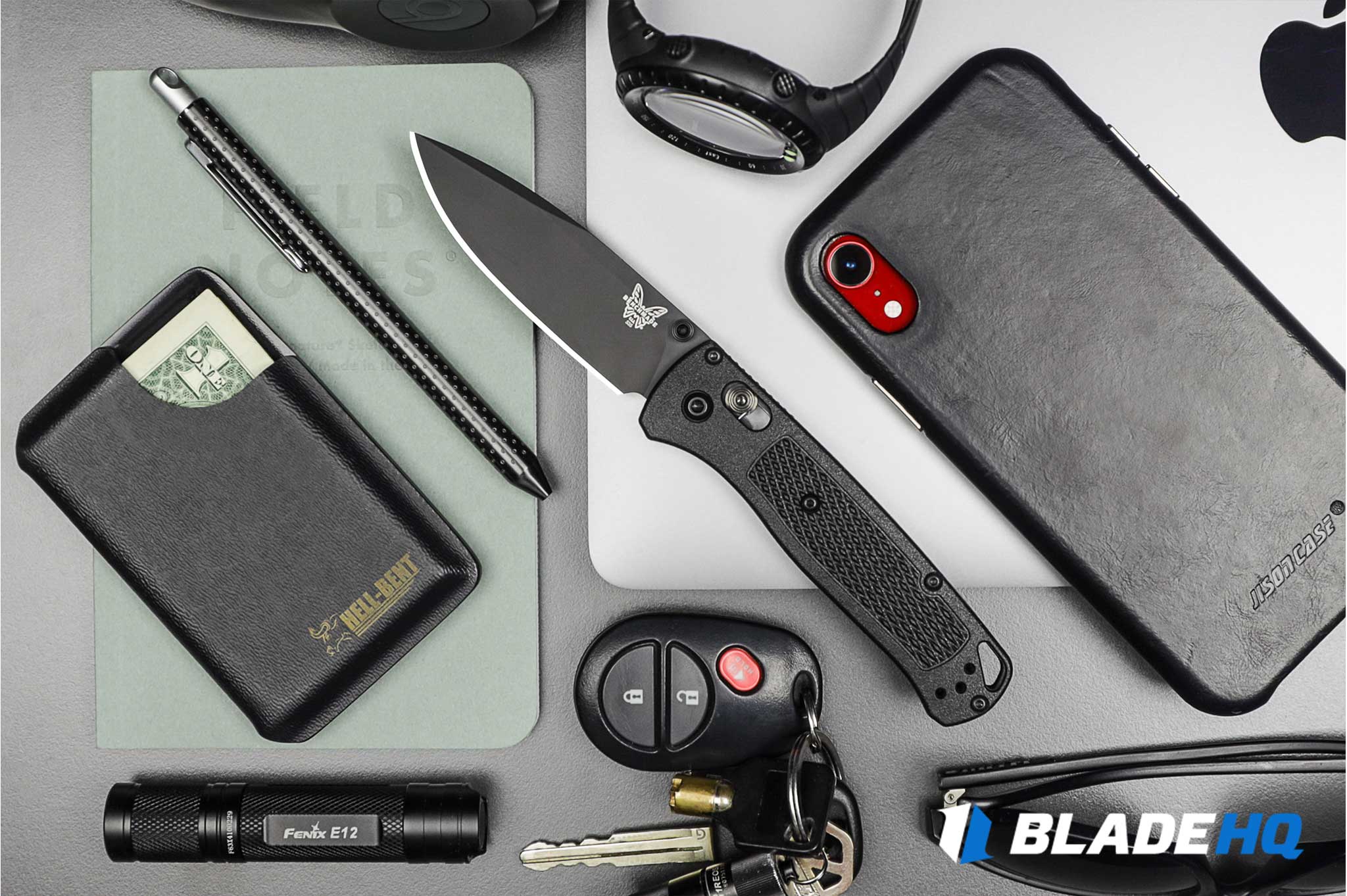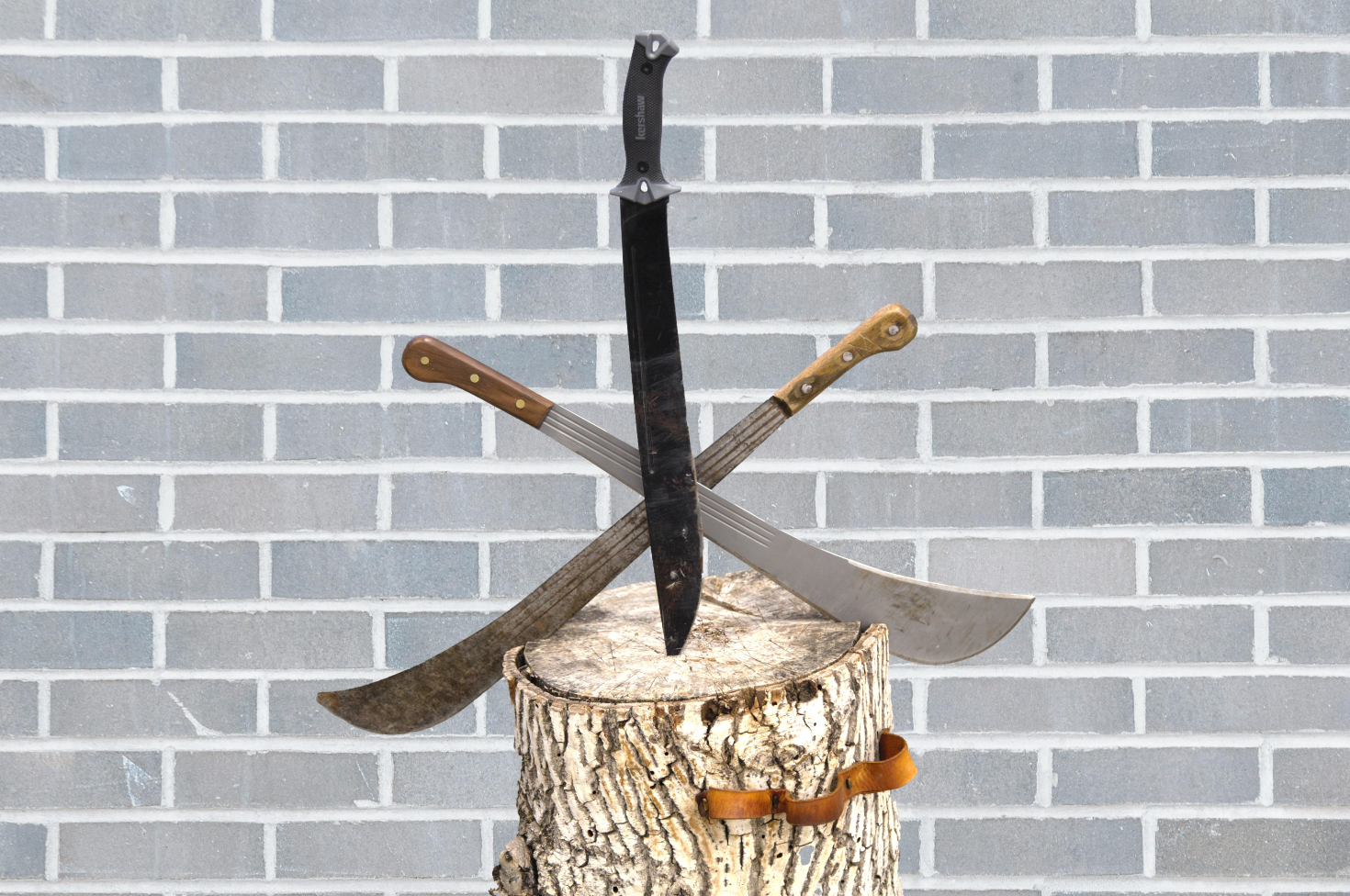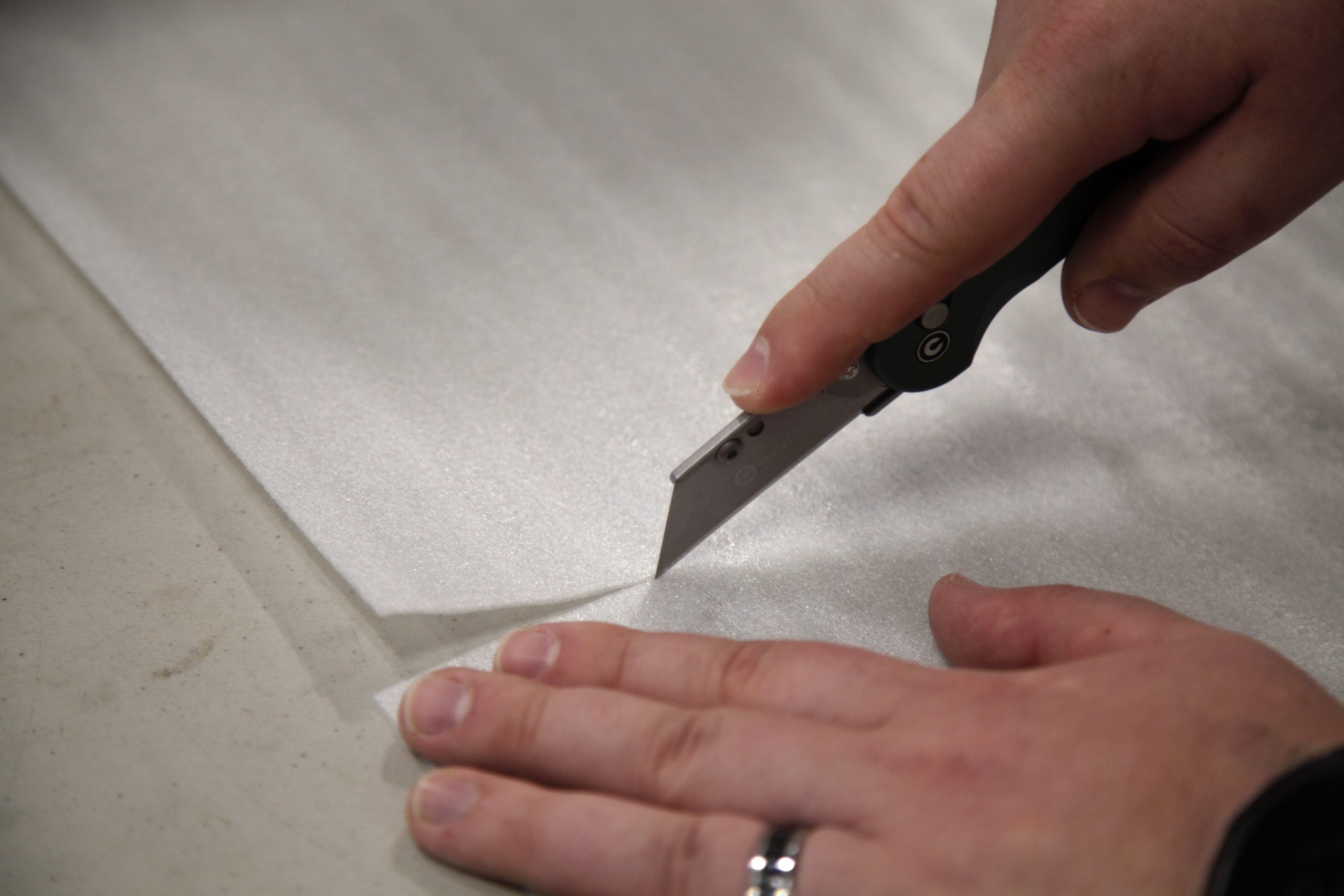
If you’ve spent some time with Blade HQ, either on the website, social media, or YouTube, you’ve probably heard the expression “super steel” a few times. The time has come for me to explain what that means. No more putting it off. I’ve been doing some soul-searching lately, and I have realized that the vast majority of people are far less interested in tool steel metallurgy than I am. And you know what? That’s OK.
But however OK that may be, it presents a dilemma. “Super steels” are really cool, and they are a huge benefit to knives that have them. I want to preach the gospel of steel types, but I don’t want to sound like an annoying 12-year-old screaming “YOU KNOW WHAT KIND OF TRAIN THIS IS??????”
So if you’ve wondered what a Super Steel is, just know that the definition is a bit nerdy. I will try to make it sound as cool as possible, but alas, I am a huge nerd.
TL:DR – Super Steels are made with powder metallurgy, which creates a finer grain for increased toughness, consistency, and wear resistance. You can learn more about various specific alloys in our Knife Steel Guide.
Cookies
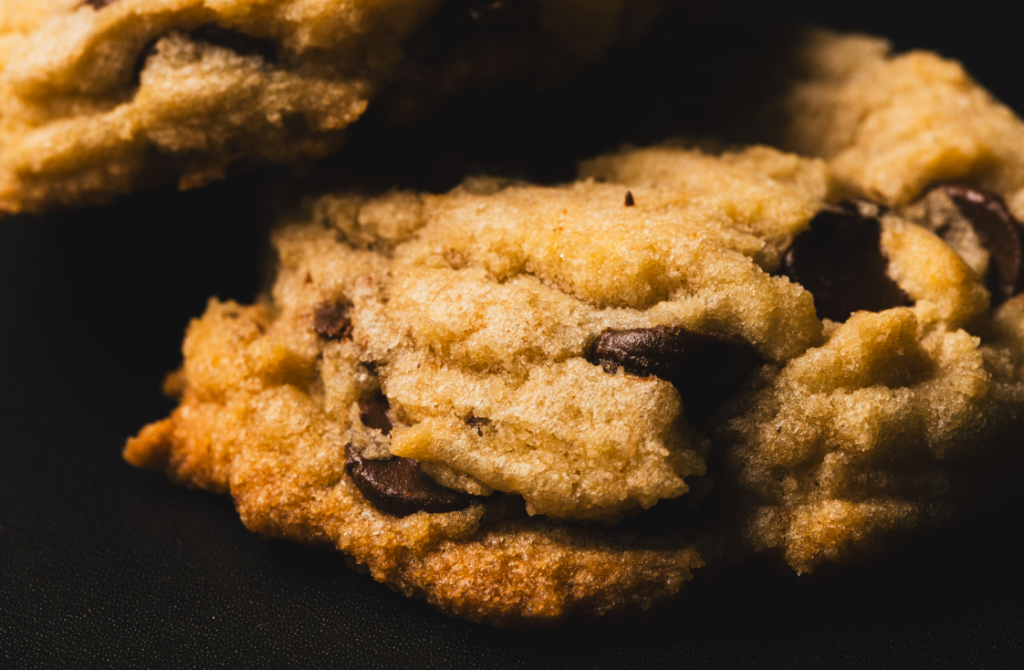
Let’s talk about chocolate chip cookies for a moment. Bear with me, I promise this will all make sense.
Chocolate Chip Cookies have a bunch of ingredients that need to be mixed together properly, and if you do it properly, you end up with a delicious cookie with a delightful textural contrast between the bready cookie and the creamy chocolate chips. Truly delightful!
Now you wish to dip this cookie in milk, but your glass is too narrow, so you break the cookie in half, revealing a voluptuous cross-section with melty chocolate oozing from the side. Mmm… But was it simply convenient that the cookie broke along a line that exposed a chocolate chip, or is there something else at play here?
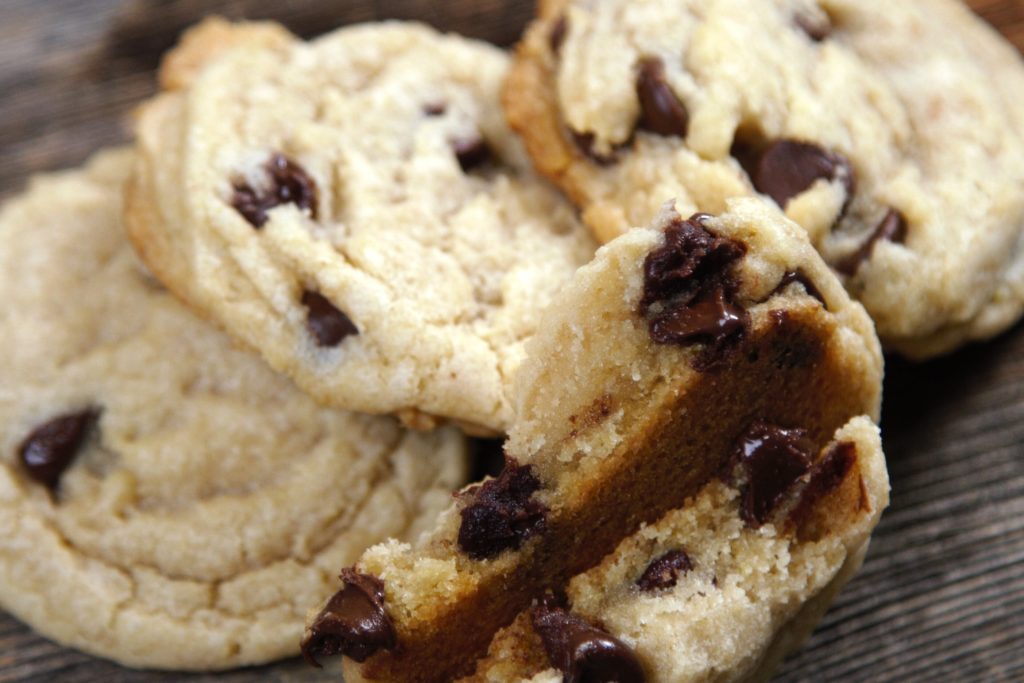
Of course there is – the dough of the cookie fuses together in the oven creating a nice consistent structure, but adding chocolate chips interrupts that structure and makes for a weak line that the cookie wants to break along. That’s why, if you’re unfortunate enough to have to share a cookie, it’s wise to cut it instead of breaking it. Breaking it rarely results in even halves.
Steel
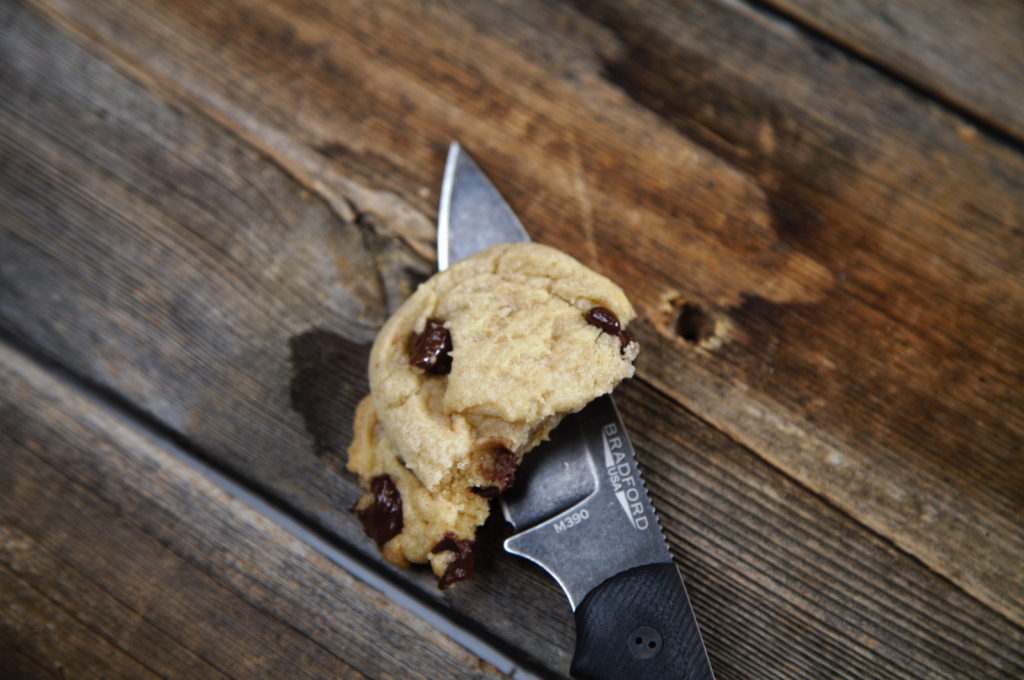
Steel is kind of like chocolate chip cookies in this way (it’s not perfect, but bear with me). The sugar and flour of steel are iron and carbon – you can’t have the end product without them. There are other elements you can add that bond with the carbon to create these hard crystals called Carbides, which in this analogy, are kind of like chocolate chips.
But steel is not like cookies in this important way: Textural contrast makes for a good cookie, but not for a good knife.
Carbides make the steel harder, but they tend to bond with the carbon at high heat and clump together, creating that dreaded textural contrast. There are a few ways to get around this. The first is to quickly cool the steel from glowing hot to room temperature. Quickly cooling the steel, or Quenching, forces the carbides to stop doing weird stuff and to cool nicely into the proper shape and crystal structure. If done properly, you end up with a steel that looks like a chocolate chip cookie with a ton of tiny chocolate chips instead of a few big ones. Yay!
But there is another way…
Better Steel Cookies
Some elements like to make big, hard carbides. We’re talking chocolate chunks, not chips here. But if you can make them small, these carbides seriously level up your steel’s hardness and wear resistance without sacrificing too much toughness. That’s a win! But how do you make them? Simply quenching isn’t enough! Those little punks work fast!

The answer is Powder Metallurgy. Instead of melting all the steel ingredients together in an open crucible like most steels do, these begin life as very fine powders. The exact amounts of iron, carbon, and other elements (including the big, scary carbide formers) desired are mixed uniformly as powder, and then combined in a process called Sintering, where high heat and pressure make the material form together as one without liquefying.
Combine powder metallurgy with good heat treatment, quenching, and even a cryogenic treatment if you’re feeling fancy, and you’ve got a SUPER STEEL! Also called a Powder Steel or a Particle Steel.

A super steel’s grain structure doesn’t look like a chocolate chip cookie. No chips large or small floating around, just a clean, homogenous grain, more like cake. That grain alone makes for great toughness and wear resistance, but don’t forget – you forced the chocolate-chunk carbide formers into it! It never had a chance to make huge carbides because it was sintered into a uniform structure. You get all the perks of those big carbide forming additives without the struggle of huge carbides.
It’s like having a steel with superpowers! I wonder what one might call such a steel…
Why Should You Care?

Personally, I swear by super steels. If abused, they can still chip and break like conventional steels, but they take so much more abuse to get there. Yes, they are more expensive, but they pay dividends with time. I’m certain I don’t need them because I work a desk job, but if I were a tradesman and used my knife all the time, sign me up for a super steel. Not only will your knife remain hair-splitting sharp for weeks at a time if not longer, it will tolerate more abuse too. Super Steels make life-long tools that will cut just as well in 50 years as they do today.
Super steels do come with their fair share of tradeoffs, but in my opinion, they’re still worth it. First off, they’re way harder to sharpen, but diamond sharpening plates make it doable. They are more expensive, but they also last longer. The fact that they can maximize certain traits in a steel can also mean they minimize others, so choose carefully. And lastly, like some other powders I can think of, super steels are extremely addictive, which can be hazardous to your financial future.
If you want to know more about steel types and carbides, KnifeSteelNerds.com is the place for you. Dr. Larrin Thomas, the knife community’s favorite metallurgist, writes tons of interesting articles.
